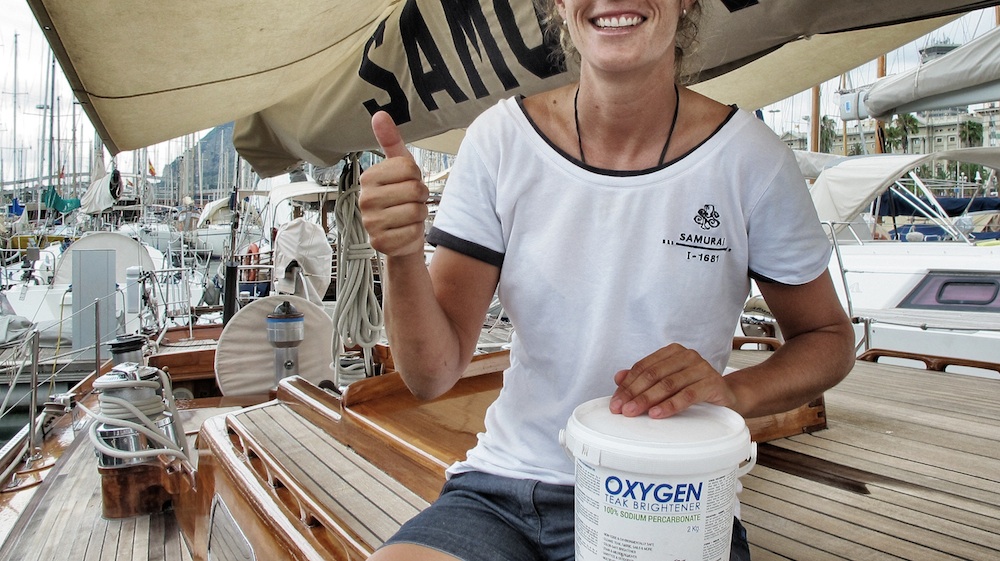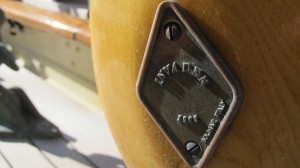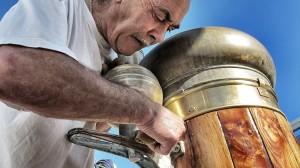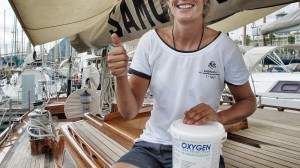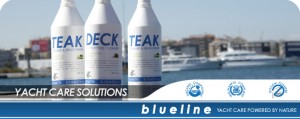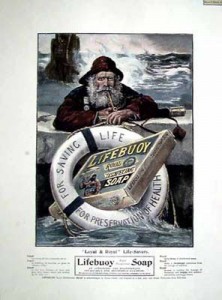If you have had the pleasure to sail or work on a classic yacht you probably know that there is a big difference between these folk and the regular professional crew in the super-yacht industry.
The classic yacht crew often co-exist in a boat that is more than 100 years old and more-often-than-not lacks the commodities that a modern pleasure craft can offer. In my humble opinion they are the real last lovers of the sea for the way they live and work in this challenging maritime environment. Their different approach stems from the traditions these mariners follow in their day-to-day yachting life that integrates seamanship techniques from a bygone era involving forgotten skills.
I had the pleasure to work and sail on some of these old ladies of the sea, vessels that are pieces of history that can teach us so much from the past including endearing respect for the oceans we sail on.
When these yachts are under sail you are surrounded by crew sweating at winches and peeling their cured hands on all kinds of sheets, while another appears to be hanging high up in the rigging, but its very uncommon to see them flicking a cigarette butt over the side.
Especially in senior ranks you notice there is a deep respect for the environment and that the crews try to live on and around the sea in a very respectful way. They tend to do their utmost to avoid any unnecessary pollution and energy waste and they prefer to operate their boat just with the power of the wind, which they take much pride in. We should preserve this spirit and hopefully pass it on to our future, and spoilt, generation of yachties.
I had the pleasure to talk to these crew on my mission to spread a more natural and toxic-free culture when it comes to yacht maintenance, and to be sincere it was often one of the most dedicated audiences. The classic yacht crews know the ‘classic’ on board remedies, the holy grail of all seaman! To them it is pretty normal to scrub the deck with seawater, or use vinegar, and all sorts of other tried and tested techniques to keep their boats and varnish in perfect condition.
Luckily for me I found there the perfect niche and audience for our natural products that are inspired by nature and its organic compounds mixed with modern technology and crew experience.
From big, captivating schooners like the 1905 48m Invader, the 1915 Nat. Herreshoff Mariette and the famous Westward replica, Eleonora, to smaller equally compelling vessels like President Kennedy’s Sparkman & Stephens yawl Manitou. All have embraced our philosophy and helped us grow boat by boat in this difficult, competitive market.
If you live and work on the sea you should be its first line of defense. Your environmental impact is unique and with your love for the ocean it makes sense to protect your workplace. Fundamentally, this includes protecting the oceans from tons of toxic waste that comes from yacht maintenance every year.
We believe that nowadays it is possible to maintain a yacht with merely natural and organic compound solutions reducing the use of harsh chemicals. With Blueline we aim to substitute those chemicals with more ecological products that will make yachts and nature work in perfect harmony. This makes the Blueline range a smart choice for all vessels travelling to environmentally sensitive areas like Sardinia, Turkey or Croatia in the full respect of the latest MARPOL V annex.
With this little ‘homage’ to old school sailors we want to thank all crew that believe in us and in our policies, and we welcome, with open arms, all others who will join us in protecting the ocean while you scrub that deck!
Thank you Matt, Andy, gerry, garry, matty, Alex, Dave and Charlie!
————————————————————————————-
Whelks attach their eggs to rocks below the low water mark, and the empty clusters of cases become detached after the young have hatched.
CM Yonge in the classic work The Sea Shore (Collins New Naturalist No 12, 1949) describes the process thus: “The whelk lays elaborate egg capsules, the female turning slowly round as she produces them so that eventually a large rounded mass of adherent capsules is formed.”
When dried out they rigidify and look unpromising as washing up sponges, but they quickly rehydrate to regain their squashy squeezy texture. Each one can be re-used numerous times and when you’ve finished with it you have only natural organic material to dispose of – back into the sea is fine.
They are not tough enough to remove baked or burned on food, but you will find they are perfect for everyday mugs and plates, especially good for delicate glassware, and very kind on your hands.
In fact old sailors knew them as ‘sea wash balls’ because they used them for washing themselves.
The Boatswain’s Manual – As useful today as they ever were!
